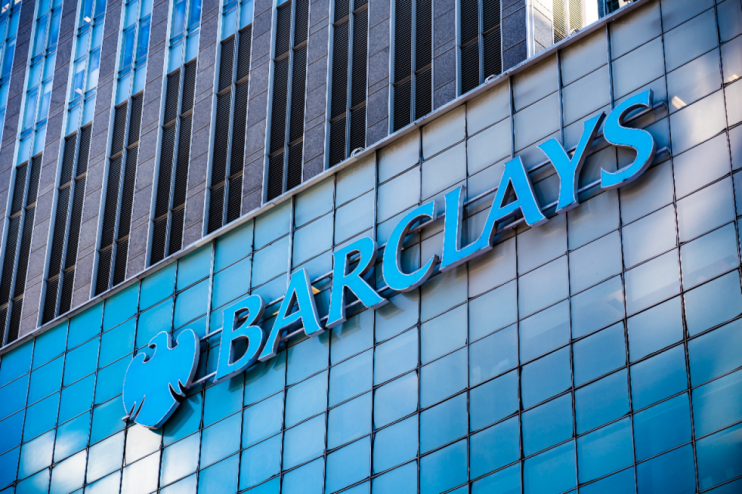Barclays joins Wall Street rivals in scrapping EU bonus cap

Barclays has become the first UK bank to remove an EU-imposed cap on bonuses for some of its top bankers and traders, bringing the firm’s policies on variable pay closer to its Wall Street rivals.
Under the change, the bank’s so-called material risk-takers (MRTs) will be able to earn a bonus worth up to 10 times their base salary, up from a current ratio of 2:1.
“The revised bonus cap will not alter the way Barclays sets its incentive pool, which is based on overall group performance,” a company spokesperson commented.
“It will allow us greater flexibility to differentiate individual bonuses within a small and defined group of colleagues, enabling Barclays to continue to compete effectively to retain and attract the best talent globally.”
The move comes after voting shareholders in May overwhelmingly approved Barclays’ resolution to allow its remuneration committee to set a new cap on bonuses if it considered it appropriate.
UK financial regulators announced last October they would remove the requirement for banks to cap variable pay at 100 per cent of base salary for MRTs, or up to 200 per cent with shareholder approval.
The cap was introduced in 2014 by the EU as part of efforts to limit excessive risk-taking following the financial crisis. It still applies to Barclays’ EU-based MRTs.
Barclays opted to keep the 2:1 ratio for its roughly 1,600 MRTs for last year given that “the new regulations were published close to the end of 2023”.
The FTSE 100 lender is now following in the footsteps of US rivals Goldman Sachs and JPMorgan Chase, which removed their caps in May and June respectively. A person familiar with the matter told City A.M. that Barclays was “moving in line with peers and staying competitive”.
Barclays’ new bonus limit is in line with JPMorgan’s, while Goldman’s changes will allow top bankers to earn up to 25 times their annual salary.
Also like JPMorgan, it is understood that Barclays is not currently planning to materially change staffers’ fixed pay, whereas Goldman expects its changes to mean lower fixed pay.